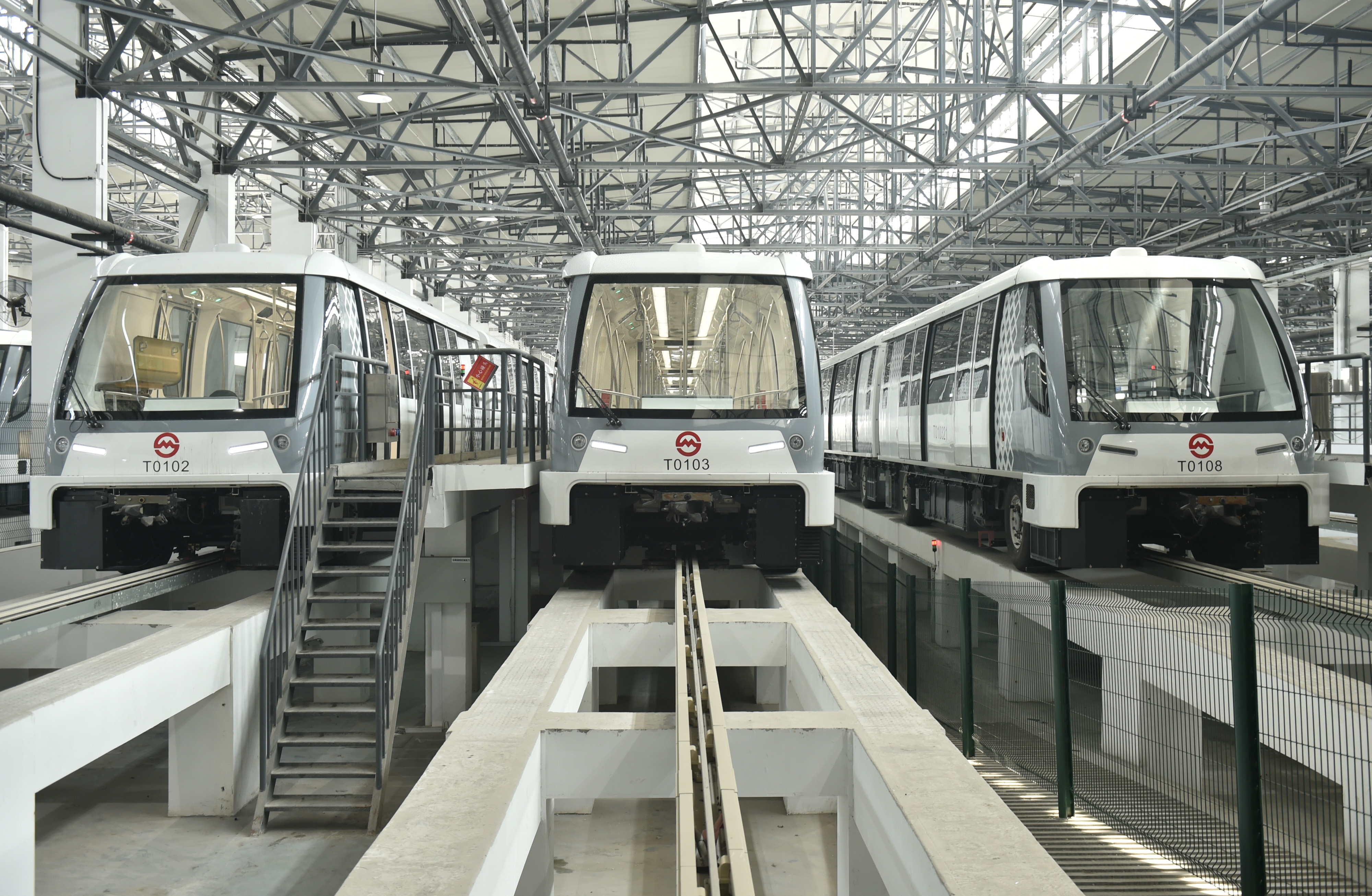China's subway system: Star of rapidly growing economy
- By Rachana Gupta
 0 Comment(s)
0 Comment(s) Print
Print E-mail China.org.cn, June 24, 2019
E-mail China.org.cn, June 24, 2019

Just two decades back, when most Chinese people still relied on bicycles or buses as their main means of transport, it was almost inconceivable that the country could become home to one of the world's most modern and massive rail networks in such a short space of time.
During this period, China has witnessed astonishing growth in its subway system as a result of gigantic investments made by many cities across the country. This extraordinary infrastructure expansion has produced spectacular results with seven of the world's 12 largest subway networks located here, and several more in the pipeline.
Historically, China's first subway system was launched in 1969 in Beijing and was named as Line 1, but it was snail's pace growth. Nevertheless, the booming Chinese economy following its opening-up in the 1980s generated demand for an efficient urban transit system.
Shanghai and Guangzhou entered the scene in the 1990s, which encouraged other cities from all across China to seek establishment of their own urban networks.
China's subway network, since its commencement, has helped tackle many issues such as high transportation cost, traffic congestion, high pollution level, etc. In regard to the latter problem, a subway system is much more environmentally-friendly than other modes of transportation, such as automobiles, as it produced no harmful emissions.
A study, "Can urban rail transit systems alleviate air pollution?" published last year by Tsinghua University highlighted that the operation of the Beijing Metro had brought about a significant reduction in most air pollutant concentrations including SO2, NO2, and CO2 by more than 78%, 110%, and 109% respectively between 2005 and 2015.
Additionally, subway systems are easy on the pocket and reduce traffic congestion. For instance, in Beijing, if a person travels from Changying station (Line 6) to Guomao station (Lines I and 10) located in Central Business District via a cab, it might take more than an hour and cost more than 50 yuan during peak hours. However, using the subway reduces the travel time to just 20 minutes at 5-6 yuan cost.
With China's two largest cities, Beijing and Shanghai, being home to more than 20 million people each, their subway networks are without doubt the most effective means of commuting for most residents. According to Wikipedia, almost 10.35 million people in Beijing commuted daily via subway in 2017 while the corresponding figure in Shanghai was 12.23 million.
The current trend indicates that the number of daily commuters will continue to grow not just in Beijing and Shanghai, but also in other major cities as well, as urban rail transit systems offer cost-effectiveness and a safe and convenient means of local travel.
Moreover, subway systems connect far-off places and provide better access to popular spots in the cities thus providing a boost to the tourism industry. The improved connectivity brings more people, generating more retail sales and creating more job opportunities.

Currently, China has a total network of approximately 4,600 kilometers in 33 cities. So far, Shanghai Metro is the longest urban transit network (approximately 669 km) as of June 6, 2019, followed by Beijing and Guangzhou, with 617 and 473 km respectively.
Yet, despite these impressive figures, there is still need for further scaling up. This requirement was also reflected in the country's Five Year Plan (2016-2020) which emphasized that, in these five years, priority would be given to the development of various mass transit systems.
It is not an exaggeration to state that, if a subway system in a major urban center collapses for a single day, it would bring the entire city to a grinding halt. Urban transit networks are often referred to as a city's lifeline and will continue to remain so until a better alternative emerges.
Considering the crucial role of mass transit in the economic development of most nations, it can be said that China's subway system will continue its upward trajectory for some time to come.
Rachana Gupta is an active blogger, poet and freenlance content writer.
Opinion articles reflect the views of their authors only, not necessarily those of China.org.cn.
If you would like to contribute, please contact us at opinion@china.org.cn.






Go to Forum >>0 Comment(s)